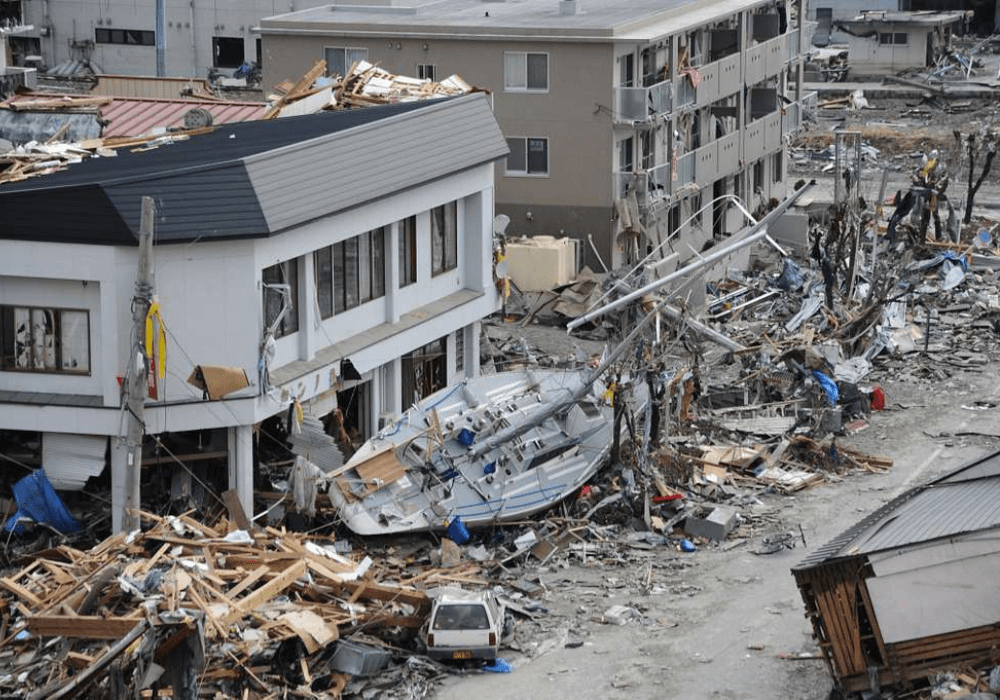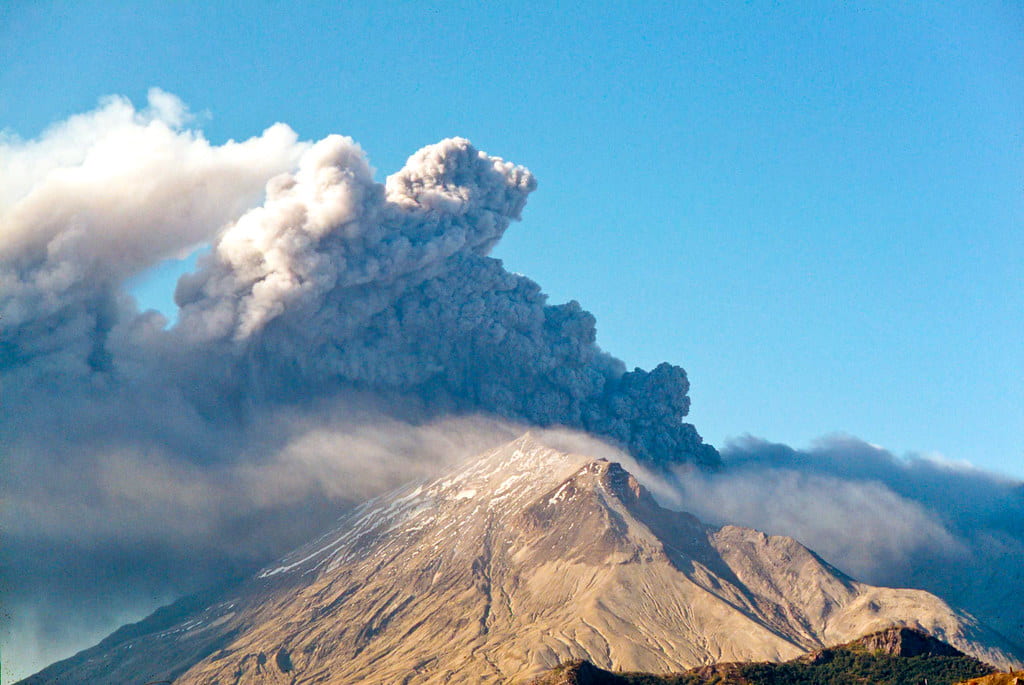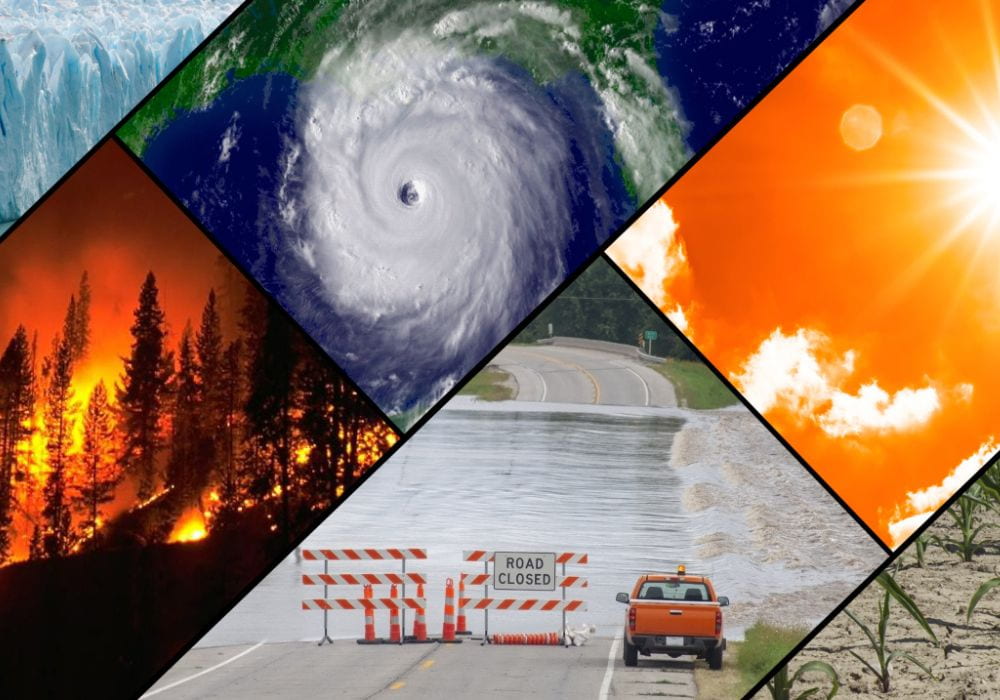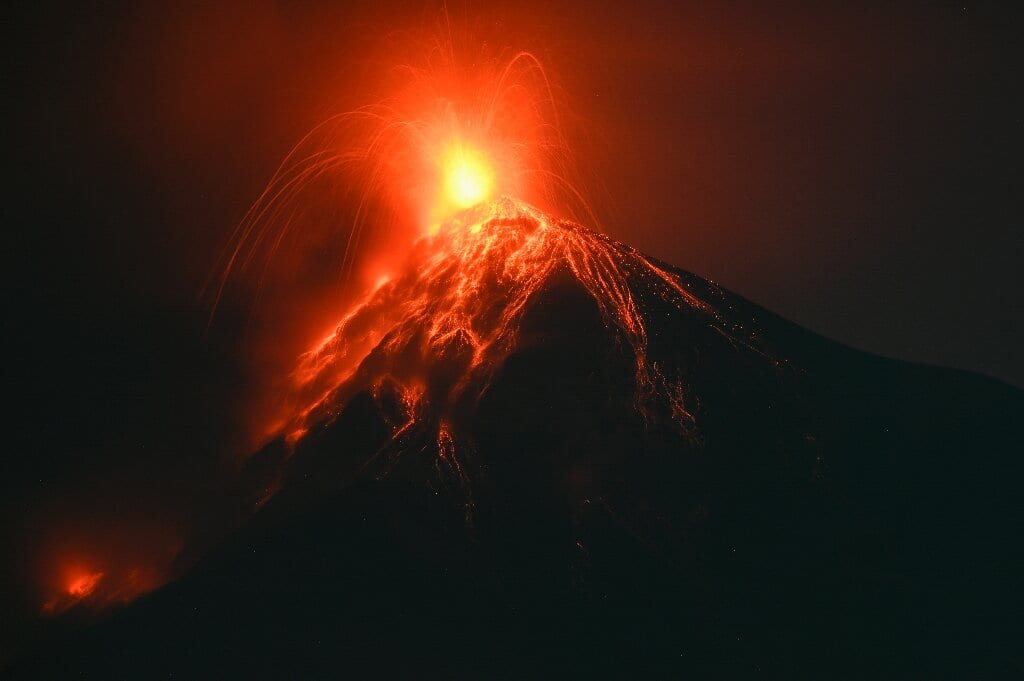Amid the Halloween festivities in the Itaewon neighborhood of Seoul, South Korea, a crowd crush occurred on October 29, 2022. With nearly 100,000 people out attending the evening celebrations, nearly 153 individuals died in the surge.
Continue reading “Himani Chhetri’s Case Study on The 2022 Seoul Crowd Crush”Heather Yu, Yemima Prophete, Hazal Kayalioglu, and Shatabdee Hawlader’s Qualtrics Report on Public Perceptions of COVID-19 Related Pandemic Preparedness and Public Health Response

Heather Yu, Yemima Prophete, Hazal Kayalioglu, and Shatabdee Hawlader conducted an observational cross-sectional study to evaluate COVID-19 infections, vaccinations and booster rates, as well as the study sample’s beliefs and attitudes towards the virus and the pandemic. By surveying public health graduate students on Qualtrics, the group found that the majority of participants view COVID as a major health threat, and have taken the necessary precautions to protect themselves from becoming infected with the virus.
Continue reading “Heather Yu, Yemima Prophete, Hazal Kayalioglu, and Shatabdee Hawlader’s Qualtrics Report on Public Perceptions of COVID-19 Related Pandemic Preparedness and Public Health Response”Nelia Ekeji’s Brief on Three Perspectives of Disaster Preparedness

Nelia Ekeji reviews three varying perspectives on disaster management preparedness at the government, business, and community levels. Narratives from individuals with background working in each level were used to illustrate how disaster preparedness is achieved through planning, communication, and collaboration.
Continue reading “Nelia Ekeji’s Brief on Three Perspectives of Disaster Preparedness”Sofía Manzi’s Brief on the Great East Japan Mega Disaster

The Great East Japan Mega Disaster of 2011 led to the death of 20,000 people. The earthquake struck below the North Pacific due to underwater tectonic activity known as harbor waves. The waves destroyed homes and caused the release of toxic substances.
Continue reading “Sofía Manzi’s Brief on the Great East Japan Mega Disaster”Nelia Ekeji’s Mitigation Brief on Mount St. Helens’ 1980s Eruption

Deemed one of the most deadly volcanic eruptions in history, Mount St. Helens erupted on May 18, 1980. The eruption destroyed miles of land and infrastructure, killing fifty-seven people. Since the eruption, there had been many developments in volcano forecasting technology, as well as structural and non-structural mitigation strategies.
Continue reading “Nelia Ekeji’s Mitigation Brief on Mount St. Helens’ 1980s Eruption”Dareen Aloufi’s Case Study on Ricin Poisoning in Utah

Ricin is a highly toxic poison derived from castor beans that can cause cell death and extreme morbidity when inhaled, ingested, or injected. Death is reported to occur within thirty-six to seventy-two hours after exposure and can spread through fomites.
Continue reading “Dareen Aloufi’s Case Study on Ricin Poisoning in Utah”Hyacinth Burrowes’ Precis on Mitigation and Community Resilience

Hyacinth Burrowes discusses the role of mitigation in community resilience in public health disaster management. In certain communities, mitigation is delayed when people lose hope.
Continue reading “Hyacinth Burrowes’ Precis on Mitigation and Community Resilience”Jenna MacLeod’s Case Study on the Guatemalan Volcanic Eruption

The Fuego volcano in Guatemala erupted on June 3, 2018. The volcano’s quick-moving lava made it difficult to evacuate homes and find substantial shelters for displaced populations. Hundreds of people were killed in the disaster and homes were destroyed by volcanic residue and hot lava.
Continue reading “Jenna MacLeod’s Case Study on the Guatemalan Volcanic Eruption”Train Derailment in East Palestine, Ohio Releases Toxic Chemicals

A train carrying chemicals and combustible materials derailed in East Palestine, Ohio on February 3rd. Due to poor safety measures, a toxic flammable gas called vinyl chloride caused the derailed train to explode, covering the town in thick black smoke.
Continue reading “Train Derailment in East Palestine, Ohio Releases Toxic Chemicals”Nelia Ekeji’s Threat and Hazard Identification and Risk Assessment of California

Nelia Ekeji characterizes the threats and hazards of California, one of the most earthquake-prone states in the country, according to the United States Geological Survey. In the assessment, threats to the west coast state are broken down into three categories: natural, technological, and man-made.
Continue reading “Nelia Ekeji’s Threat and Hazard Identification and Risk Assessment of California”